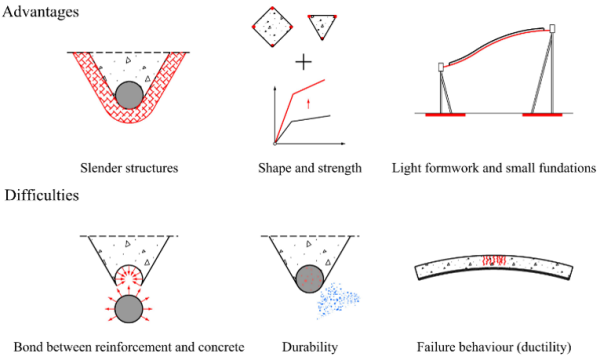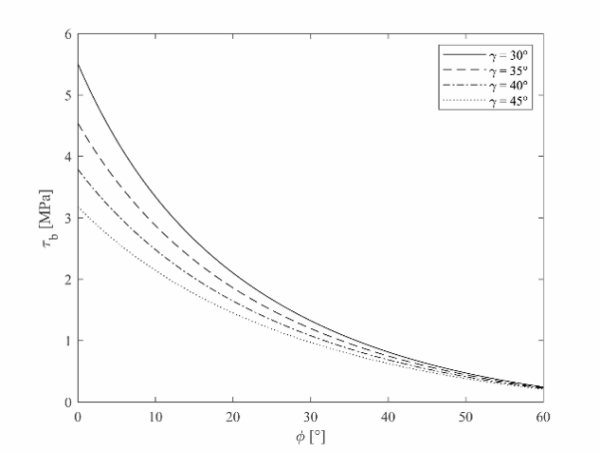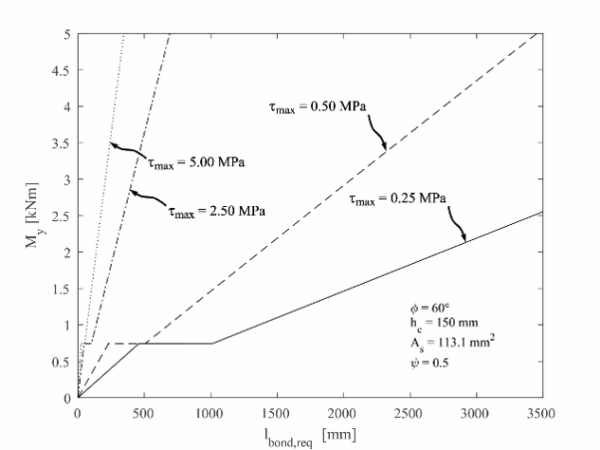Structural performance of ribbed concrete elements using flexible formworks with integrated reinforcement
Author: Patrick Studer
Language: English
Abstract
The use of a flexible formwork system is an opportunity to simplify the complex formwork for curved components. This allows to build efficient concrete structures and thus saves resources. Through the integration of linear reinforcement into the flexible formwork, the desired shape can be defined and additionally stabilized. However, this causes the reinforcement bars to lie on the outer edge of the concrete element, which leads to bond problems between the reinforcement and concrete. In addition, because the reinforcement is not protected against environmental influences, alternative reinforcement materials were assessed. However, the use of reinforcement made of fibre reinforced polymers requires glued connecting elements, as these cannot be screwed together whereby a new type of connection must be created.
By considering the behaviour of such a cross-section under the loads of normal compressive force, bending moment and shear force, it could be shown that buckling of the reinforcement in the case of a normal compressive force does not result in failure and that the concrete alone has sufficient resistance. If the cross-section is loaded by a bending moment or a shear force, the bond between reinforcement and concrete is lost at a very low load level due to the limited maximum transferable bond stress. In addition, the compressive strength of the concrete is a limiting factor in the case of an acting shear force, as the stresses are concentrated towards the corner and thus the compressive strength of the concrete is quickly reached. The findings of the theoretical investigations were applied on a case study by means of a spatial truss structure, where debonding of the reinforcement was the greatest challenge eventually leading to a premature brittle failure. In order to verify the developed models and to check the made assumptions, experimental investigations must be carried out. In this way, they can be improved and adapted to the actual structural behaviour.



